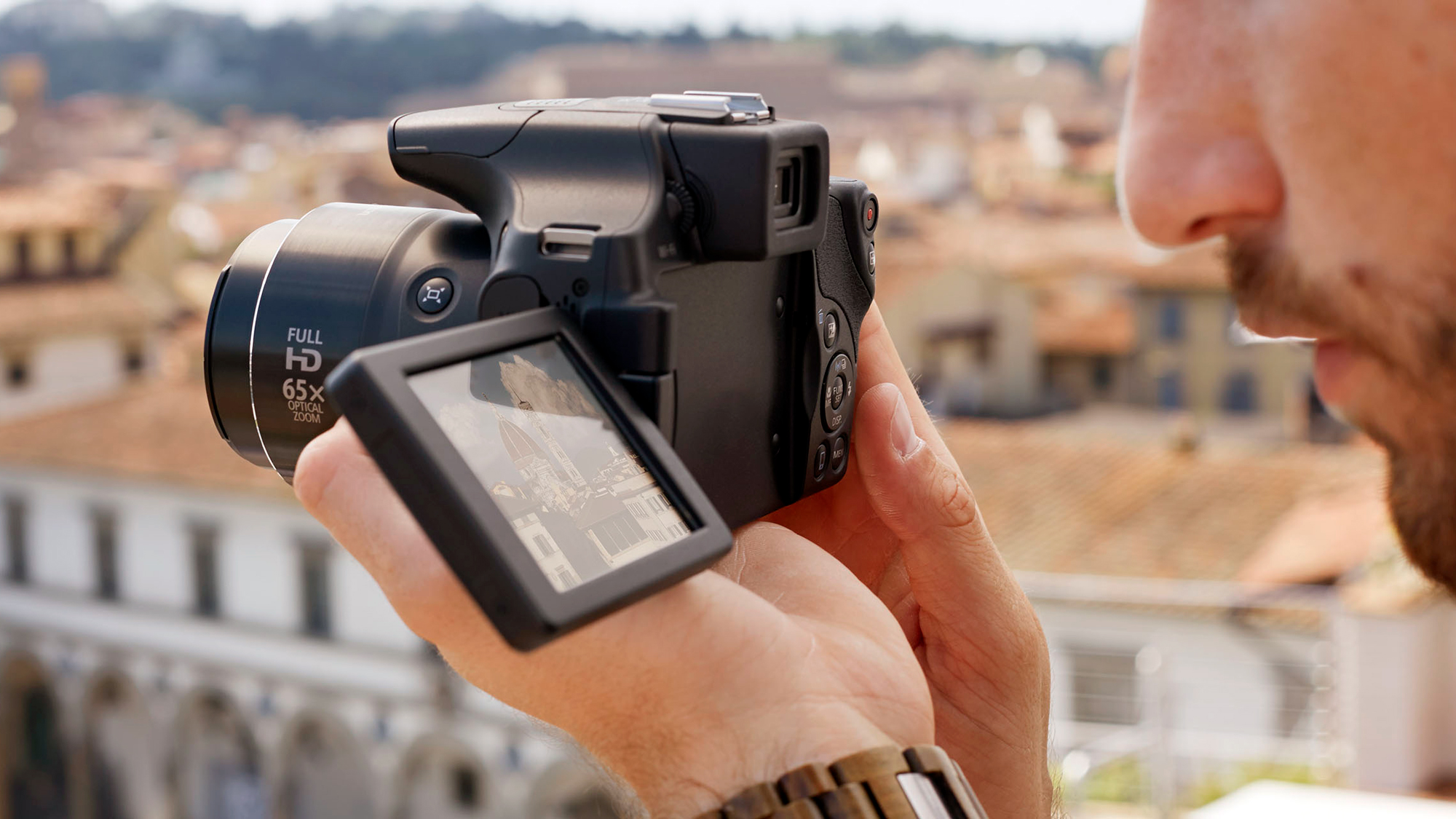


- Point and shoot camera with big aperture full#
- Point and shoot camera with big aperture professional#
- Point and shoot camera with big aperture series#
You can choose from a series of stills when shooting in continuous burst mode that captures up to 9FPS, which may not sound like much but when you consider each image is 45.7MP - that's a serious amount of data capture. Sadly there's no in-body image stabilization in the camera itself, but F-mount lenses can offer up to 4.5 stops of stabilization (which Nikon calls Vibration Reduction) to steady shots in low light.
Point and shoot camera with big aperture full#
The full frame BSI CMOS sensor handles ISO noise well thanks to the processing ability of the EXPEED 5 image processor - take a look at our Nikon D850 review for our full thoughts on this camera. Although it's loved by the pros, it's equally as useful in the hands of an enthusiast as it has a great ISO range (up to 102,400) - which is especially impressive considering it's now over five years old. It's built of a magnesium alloy, making it both durable and lightweight - not to mention completely weather-sealed.
Point and shoot camera with big aperture professional#
The D850 is heavily favored by professional photographers as it's a real workhorse of a camera and is built to last in a variety of environments. Not as good at low light focusing as its mirrorless counterpart While this isn't crucial for excellent astro shots (and can sometimes be a hindrance), you may benefit from the extra megapixels if you're going to be producing large prints or shooting other styles of photography, such as landscape, or shooting long-lens wildlife photos where stunning detail makes the world of difference.


The other obvious difference is the Z7 II has almost double the amount of megapixels - 45.7MP vs the 24.5 megapixels of the Z6 II, giving absolutely mind-blowing resolution. Although this may seem like a small thing, it can actually prove very valuable for professional photographers. You can either swap which card you use to save your photos, or utilize one as a backup in this case, all of your images are saved to both cards meaning that if one becomes corrupt, you still have all of your shots stored on the other one, providing greater peace of mind when shooting. One of the notable improvements of the Z7 II is the dual memory card slots. Although it's visually identical to the Nikon Z6 II in terms of design, we noticed some worthwhile differences when it came to image quality and functionality when we reviewed the Z7 II. You can use your camera controls and compositional techniques to make the most of whatever envelope you've got once you understand the formula.The Nikon Z7 II tops our list, a few entries above its predecessor, the Nikon Z6 II. The basic idea here is that even though P&S cameras don't have the performance envelope that a DSLR generally has, all of these cameras have DOF capabilities that you can exploit if you understand how DOF works. (edit) - For a more detailed look at DOF on a P&S, look at this online DOF calculator, which will let you select your camera from a list and shows actual DOF at various apertures & focal lengths. This allows even a P&S to show some background blurring, even if it's not the super-creamy bokeh of a 50mm f/1.2 or a 70-200 f/2.8 on a full-frame DSLR. The following shots were all made with P&S cameras:Īll three of these had some things in common - they were zoomed in, and they were all subjects that had some physical separation from their backgrounds. That doesn't mean you can't get the effect you're looking for in your photos, though - it just means you've got to be a little more deliberate in setting up your shot. Point and Shoots, it's true, don't have the ability to shoot as narrow a DOF as most DSLR cameras, both because of the sensor size and the aperture of their lenses. I'll offer a (partially) dissenting opinion.


 0 kommentar(er)
0 kommentar(er)
